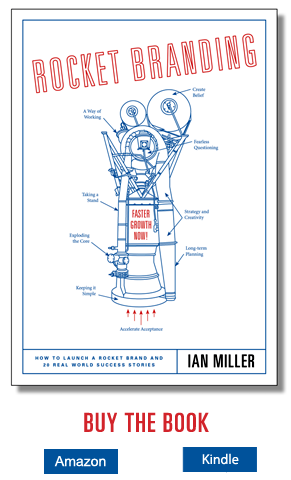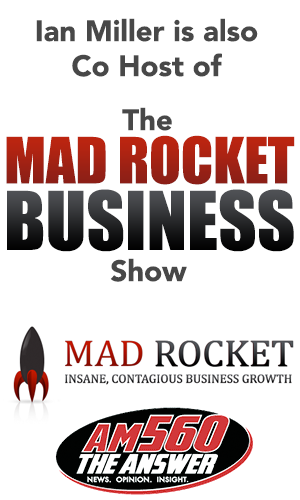I have lived and worked all over the world and gratefully have experienced much of what life has to offer. I consider myself well-informed, open-minded, and, more to the point, a lifetime student of Branding, especially concerning what is happening worldwide.
So what? Well, now I am totally lost.
The world is upside down. We are to believe that reality is not reality. We are to believe what we are told, not what we see. Many now call this gaslighting.
We are to believe that a senile older man is not a senile older man, a convicted felon can lead the free world, males can compete in female sports, and an economy is strong despite record inflation, prices, and debt. Also, we are supposed to accept that criminals can go free, millions of unknown foreigners can pour across our borders, politics does not corrupt our justice systems, and a 20-year-old can climb a building with a rifle and shoot an ex-president in full view of Homeland Security and the Secret Service.
And that’s just in the US. In the Middle East, we are supposed to believe that it’s justified for brutal, murdering terrorists to attack a neighbor, hide behind their civilians in hospitals and refugee camps, and watch them die. Then there is the environment. We are to believe that the world’s largest maker of EVs is not also the world’s biggest polluter, burning the most fossil fuel in the world – in large part to make those fossil-fuel-saving cars. Upside down. Gaslighted.
Unfortunately, this list can go on, but what does this do to your Branding? How should you build your brand over the next 3-5 years?
Some things to consider…
- Follow The Money. Sorry, but this is incredibly important. Historically, the masses usually pay the price when leadership is crazed and uncertain. Savings and investment plans turn into debt management struggles. This is not likely to change for the better any time soon. Take a fresh look at how your critical growth consumer or customer target changes purchase decisions and how it will affect your brand strategy. This is rather obvious, but trends related to money pressures are often recorded too late to do anything substantive about. Get ahead of it.
- Look to the Young. Whether they are your brand target or not, teens and 20-somethings are most affected by uncertain times. For many today, the cost of fun is unaffordable, and living costs are downright scary. This puts money pressure on everyone – parents, family, and others who must help.
So, how is this affecting the young?
I just read a terrific article in Forbes by Kris Nagel titled;‘Gen Zers are sodisillusioned with the economy that many think that it is OK to commit fraud.’ Almost half of the researched are happy to admit it’s okay to contact a seller for a refund for a perfectly fine product they just purchased. Big deal? Yes, it is, especially when you couple this with civil unrest…mobs of unruly young people looting and damaging retailers, often with impunity. One looter famously said, “It was OK because these stores have insurance.” These are just two data points, but the picture is quite clear. Those dissolutioned become disenfranchised, and then they retaliate. Any form of authority figure (govt, police, corporations, etc.) is fair game. “It’s not a crime if you get away with it.” As these young cohorts are connected worldwide via TikTok, etc., this global situation will not go away soon.
OK, enough about the woes. What about branding solutions?
Nothing here suggests that Branding is worthless in this stressed environment. On the contrary, it could be time to double down on brand support. Depending on your brand’s core growth target or SOB (Source of Business target, as we call them), your specific efforts may change. However, as everyone is dealing with the same daily situations, might I suggest the following approaches … relate, reward, and rejuvenate? (Like the alliteration … creative, eh!).
Relate. Now is not the time in history to be overly authoritarian, oblivious, or, more importantly, unauthentic. As many company brands have joined the ‘purpose-driven’ train, there is a tendency to talk about how wonderful they are … saving the whales, etc. Worthy causes no doubt, but when your SOBs are surviving paycheck-to-paycheck, maybe that money should go to lowering prices and providing meaningful discounts and incentives.
Reward. Growing brand loyalty is difficult when price points are high. Low-price, non-branded items do just fine. There must be a reward for paying more for a branded product or service. The ‘x factor’ is and always will be quality. Now is the time to reward your SOBs for choosing quality.
Rejuvenate. Hope and positive energy are the right tonic for the times. Employ them.
We at Rocket Branding would love to discuss your brand and how to employ these tactics to keep winning in the market. And this will definitely not be by gaslighting.

 ing is alive and well.
ing is alive and well.









